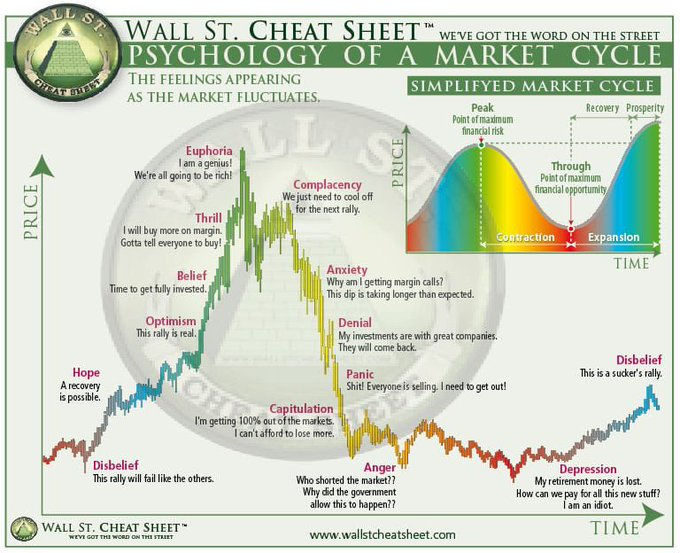The Traditional 60/40 Portfolio vs 60/30/10
- Justin Zhenwen Zhang
- Mar 24
- 3 min read
Updated: May 20

The traditional 60/40 portfolio, with 60% allocated to stocks and 40% to bonds, has long been a staple for investors with moderate risk tolerance, aiming to balance growth and stability. Stocks drive potential for higher returns, while bonds act as a buffer, reducing volatility and providing income. Historically, this approach benefited from the inverse relationship between stocks and bonds, where bonds often gained value during stock market declines, offering a hedge against downturns.
However, the effectiveness of the 60/40 portfolio depends on economic conditions, and recent years have exposed its vulnerabilities. Periods of simultaneous declines in stocks and bonds, driven by rising interest rates, inflation, and geopolitical tensions, have challenged its reliability. These dynamics have prompted investors to rethink the model, seeking greater diversification through alternative assets to boost returns and manage risk.
Despite these shifts, the 60/40 portfolio remains a solid starting point, provided it’s adapted to current market realities. In 2025, factors like inflation, interest rate fluctuations, and geopolitical events will significantly influence its performance, requiring active monitoring and adjustments.
To align with today’s environment, I propose a modernized long-term portfolio for a 10+ year horizon, shifting to a 60/30/10 allocation: 60% equities, 30% digital assets (e.g., cryptocurrencies, tokenized assets), and 10% cash or cash equivalents. This structure maintains equity-driven growth, incorporates digital assets for diversification and potential upside, and holds cash for liquidity and flexibility during volatility.
This 60/30/10 model reflects the evolving investment landscape, incorporating digital assets to diversify beyond traditional bonds while maintaining liquidity. For your transition to fund management, mastering such innovative allocations can set you apart, as funds increasingly explore alternatives like crypto.
Below is a simulation of comparison between the traditional 60/40 versus the newly adjusted 60/30/10 portfolio performance. This comparison uses a Monte Carlo simulation to chart the projected growth over a 10 year period, accounting for expected returns, volatility and correlations.
Assumptions:
60/40 Portfolio:
Equities (60%): 7% annual return, 15% volatility (based on historical S&P 500/global equity data).
Bonds (40%): 3% annual return, 5% volatility (based on Bloomberg U.S. Aggregate Bond Index).
Correlation: -0.2 (stocks and bonds often move inversely).
60/30/10 Portfolio:
Equities (60%): 7% annual return, 15% volatility.
Digital Assets (30%): 15% annual return, 50% volatility (reflecting crypto’s high risk-reward).
Cash (10%): 3% annual return, 2% volatility (based on 2025 money market yields).
Correlations: Equities-digital assets (0.3), equities-cash (0.0), digital assets-cash (0.0).
Initial Investment: $100,000 for both portfolios.
Rebalancing: Annual rebalancing to maintain target allocations.
Simulations: 1,000 runs to capture a range of outcomes.
Time Horizon: 10 years (2025–2035)
Results:
60/40 Portfolio (Equities/Bonds):
Median Value after 10 Years: ~$180,000–$190,000
10th Percentile (Worst Case): ~$140,000–$150,000
90th Percentile (Best Case): ~$230,000–$250,000
60/30/10 Portfolio (Equities/Digital Assets/Cash):
Median Value after 10 Years: ~$245,000–$260,000
10th Percentile (Worst Case): ~$150,000–$170,000
90th Percentile (Best Case): ~$400,000–$450,000
The 60/30/10 portfolio generally shows a higher median value due to the inclusion of digital assets with a 15% expected return, but it also has a wider range of outcomes due to their 50% volatility. The 60/40 portfolio offers more stability (narrower range) but lower expected growth.
Chart of Portfolio Comparison
Below is a Chart.js configuration for a line chart comparing the median portfolio trajectories over 10 years. The chart shows the 60/40 portfolio in blue and the 60/30/10 portfolio in orange.

Analysis
60/40 Portfolio: Offers stability with lower volatility (due to bonds’ 5% volatility and negative correlation with equities). It’s suitable for conservative investors but may underperform in high-inflation environments (e.g., 2025 projections) where bonds yield lower real returns.
60/30/10 Portfolio: Higher expected returns driven by digital assets’ 15% return, but significantly higher risk (50% volatility). It’s better suited for investors with higher risk tolerance and a belief in crypto’s long-term growth.


